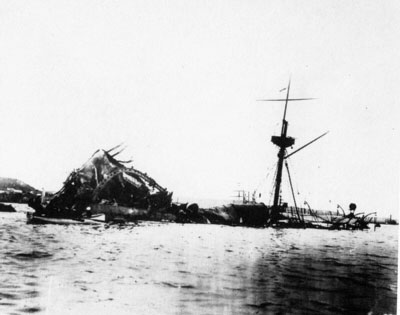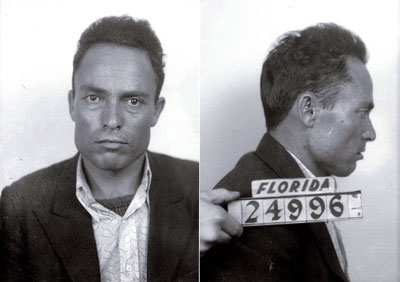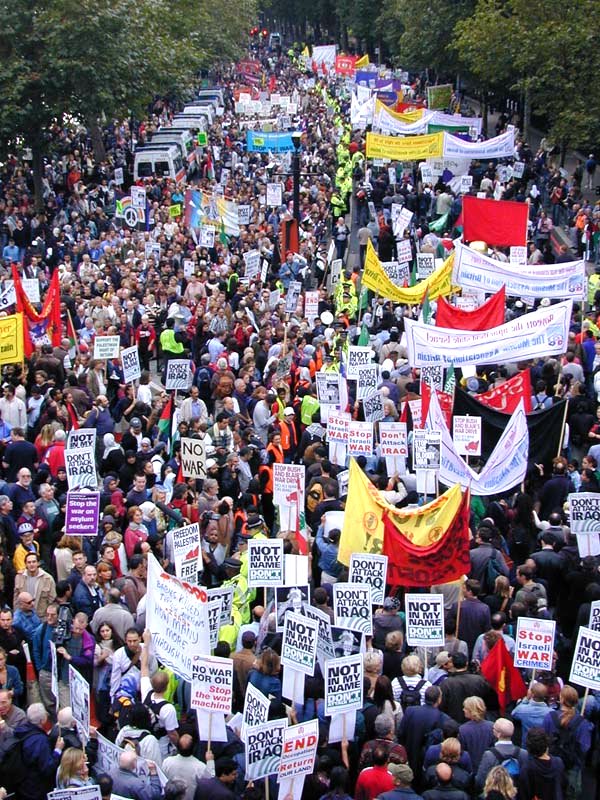
Today in Labor History February 15, 1764: the city of St. Louis was established in Spanish Louisiana (now Missouri). In the 1800s, St. Louis would grow to become the second largest port in the U.S. and one of the major centers of labor organizing. In 1877, during the Great Train Strike, black and white workers united to take over the town in what some called the St. Louis Commune, after the Paris Commune, a few years earlier.
Today in Labor History February 15, 1879: President Rutherford Hayes signed a bill allowing female attorneys to argue cases before the Supreme Court. That same year, Belva Lockwood, a women’s rights and suffrage activist, became the first woman to argue a case before the Supreme Court.
1800s

Today in Labor History February 15, 1898: The battleship USS Maine explode in Havana harbor, Cuba. 274 crew members died. The U.S. used the incident to justify declaring war on Spain. 385 U.S. soldiers and nearly 800 Spanish soldiers die in the Spanish-American war. However, the U.S. gained Cuba, Puerto Rico, Guam and the Philippines as de facto colonies from Spain. The war also precipitated U.S. involvement in the Philippine Revolution and the Philippine-American War. Up to 6,000 Americans and 12,000-20,000 Filipinos died in the war. However, as many as 1 million Filipino civilians died from famine and disease during the genocidal U.S. occupation.
1910s-1930s

Today in Labor History February 15, 1910: The ILGWU declared the Uprising of Twenty Thousand shirtwaist strike officially over. The garment workers strike began September 27, 1909, in response to abysmal wages and safety conditions. The majority of striking workers were immigrant women, mostly Yiddish-speaking Jews (75%) and Italians (10%), and mostly under the age of 20. Five women died in the strike, which the union won, signing contracts with 339 manufacturing firms. However, 13 firms, including Triangle Shirtwaist Company, never settled. One of the demands had been for adequate fire escapes and for open doors to the streets for emergencies. In 1911, 146 girls and women were killed in the Triangle Shirtwaist fire.

Today in Labor History February 15, 1933: Giuseppe Zangara tried to assassinate President-elect Franklin D. Roosevelt in Miami. He failed, mostly because he was too short to see over the crowd. However, Chicago mayor Anton J. Cermak, who was shot in the attack, later died, in part from his wounds and in part from medical malpractice. Zangara confessed to the crime in jail, stating “I kill kings and presidents first and next all capitalists.” Philip K. Dick’s novel, “The Man in the High Castle,” is based in part on the premise that Zangara succeeded in killing FDR.
1950s-2000s
Today in Labor History February 15, 1950: The CIO expelled the Mine, Mill and Smelter Workers, the Food, Tobacco and Agricultural Workers, and the United Office and Professional Workers for “communist tendencies.”

Today in Labor History February 15, 2003: 25 million people demonstrated against President George W. Bush’s plan to go to war in Iraq, making it the largest coordinated protest in history. Demonstrations took place in over 100 countries.